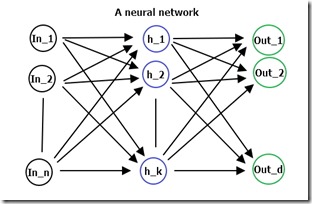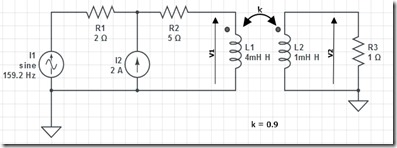Electrical transmission systems are something we all take for granted. They work in a reliable manner ensuring high quality of service and as few minutes lost per year as possible.
Low voltage lines and most of medium voltage lines are radial lines, that is they are like a branch of a tree with a unique power supply location. Radial lines are relatively easy to work with, you can solve a radial line problem (ie you can get currents and voltages) by applying Boucherot’s theorem to each section of the line. This is a good news for a Python enthusiast as myself, since repetitive tasks lends themselves to be automated with programming.
Since Boucherot’s theorem uses the absolute values of electrical quantities, it is useful when you are working with AC lines and you would like to know the magnitude (rms) of currents and voltages while at the same time you do not really care about the phase differences. The rms values are used, for instance, when you need to choose the protection systems to install and what kind of electrical wires to use.
Suppose you are given the following three phase balanced radial line:

You can think of C1, C2 and C3 as industrial motors or any other kind of three phased balanced loads.









